On the Search for Purpose
Hilary Briggs is an Award-winning international and TEDx speaker, business consultant and Team GB champion triathlete.
The first thing that struck me as I sat down to write this piece is that the phrase “finding your purpose” doesn’t quite reflect my experience. It suggests something fixed - like discovering a buried treasure. Once you’ve found it, you’re done. You can lock onto it, and life will unfold smoothly from there.
In reality, I’ve found purpose to be more like a journey. Not a single moment of discovery, but an ongoing process of exploration, reflection and adjustment.
What I’d like to share here are some of the lessons, reflections and tools I’ve gathered along the way. My hope is that they’ll encourage and support you in navigating your own journey. I certainly don’t have all the answers, but with the benefit of hindsight, I’ve noticed patterns - ways of thinking and doing that have helped me move forward with more clarity and intention.
Purpose as a Walking Journey
I’ve always been a keen walker (well, not always - but I’ve grown to appreciate the walks my parents used to drag me on!). So let me offer this metaphor: think of the search for purpose as planning an adventurous walking trip.
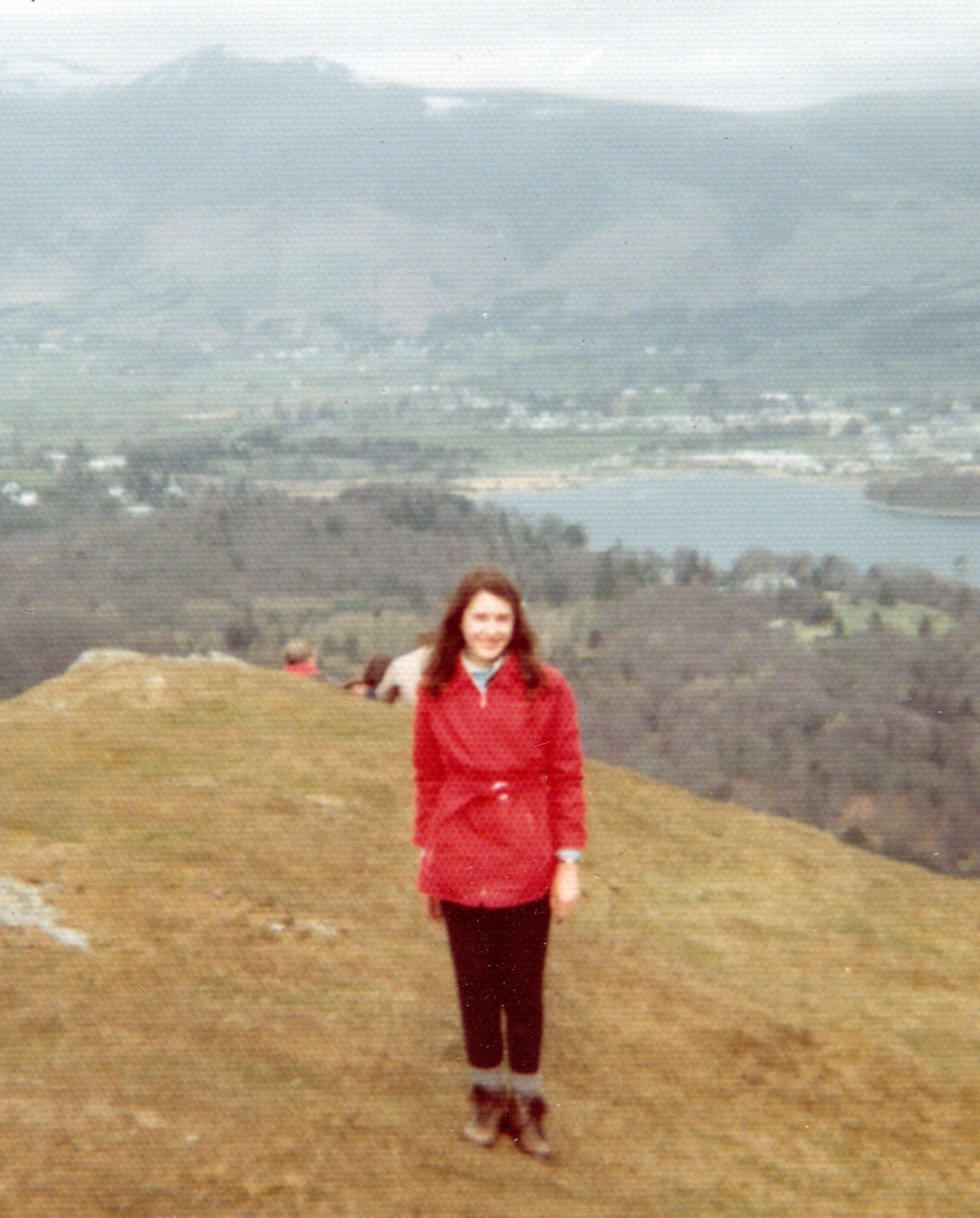
Where to Go?
If you were preparing for a walking trip, you’d start by thinking about where you want to go. What kind of terrain? How far? How fast? How much support would you need? What level of challenge are you up for - a gentle hike along a well-worn path, or a scramble up steep, uncharted rocks?
Similarly, when thinking about purpose, the first step is direction. You might not know the exact destination yet, but you can sense the general direction - the kind of life you want to lead, the work that interests you, the impact you want to make.
At its core, I define purpose as the best fit between interest, ability, and contribution. It’s about using (and growing) your talents in ways that leave the world, even just a small part of it, better than before.
Introducing the MAP Framework
From my more recent adventures into triathlon, I’ve developed a simple three-step framework that also applies well to the journey of purpose. I call it MAP:
Motivation – Action – Progress.
It’s a way to get better at anything—and a helpful structure for navigating your evolving sense of purpose.
Motivation
This is your why. To understand it, ask yourself:
• What am I interested in?
• What do I enjoy doing?
• What am I good at (or curious to get better at)?
• What cause, community, or idea beyond myself would I like to contribute to?
For me, it started in school. I loved maths, then science - so when it came time to choose my subjects for O-levels and A-levels, I naturally focused on the sciences.
Later, a week-long summer course aimed at encouraging more women into engineering helped me make my university choice. I was drawn to the practical side of engineering - walking through everyday life, noticing the things we use, and wondering how they were designed and built. That curiosity led me to study Production Engineering.
Midway through the course, I found myself particularly interested in robotics and automation - curiosity that ultimately led me into the car industry.
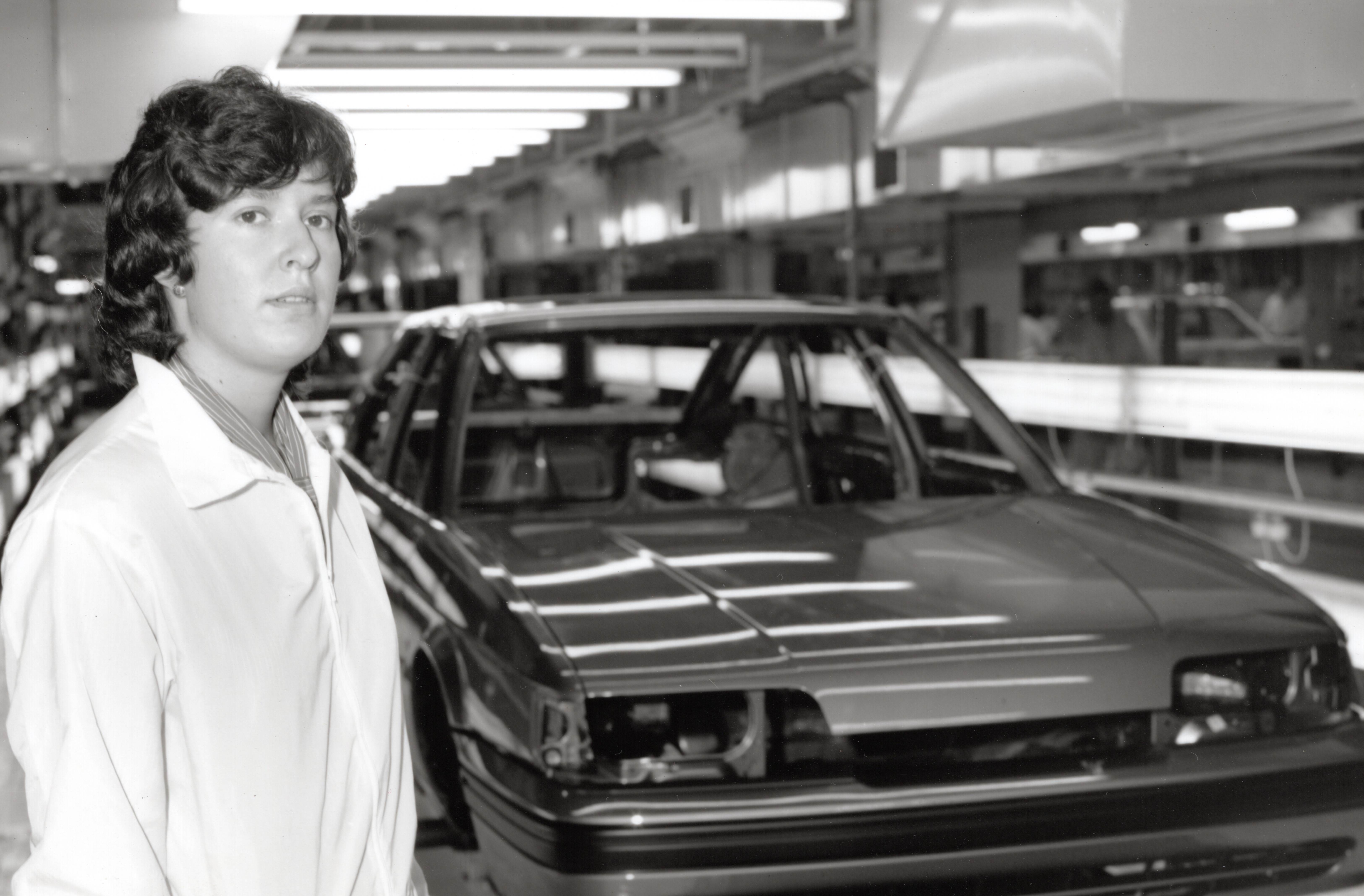
Action
The second step in making progress on your purpose journey is to take action. In my experience, sitting in a dark room with a cold towel round your head is unlikely to crack it!
In fact, the motivation phase often includes action itself - like noticing what energises you, talking to people, doing short courses, or simply following a curiosity. The key is to keep moving.
Sometimes, action also means tackling your fears. I used to dread the slow, creeping death of reading aloud in English classes. I’d stumble on words, get more nervous and lose confidence. But when choosing my Production Engineering degree, I noticed it included industry-based modules that involved writing reports and giving presentations. A little voice inside said, "This will be good for you." And it was. Within two years of starting work, I was presenting to Board members - something my younger self would have never imagined.
Another aspect of taking action is saying yes to opportunities, even when they feel scary.
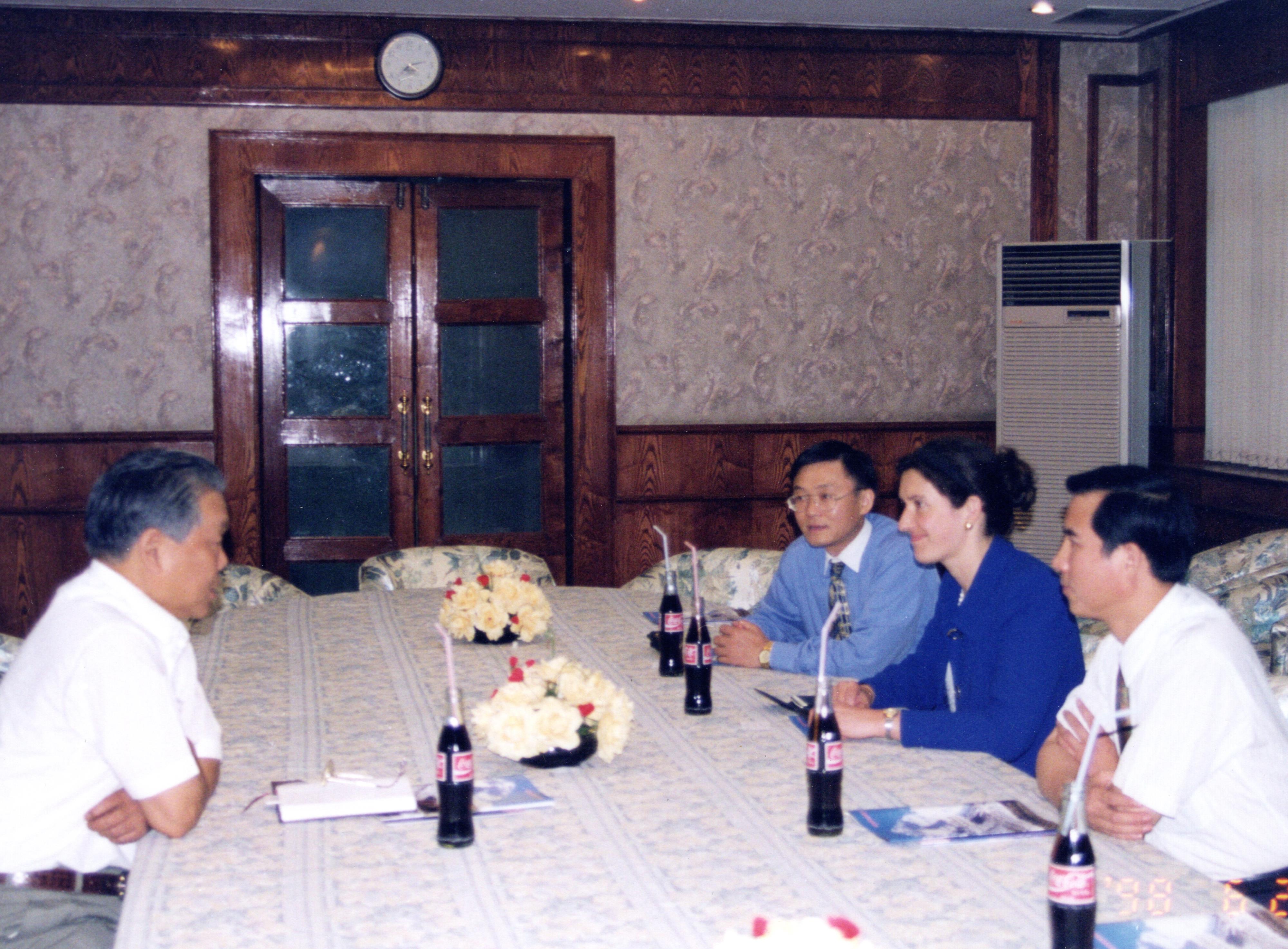
Taking on the role of Managing Director for a car component company in Germany was definitely one of those moments for me. It was full of challenges on top of the job itself - from delivering a 30-minute speech in German to 1,700 employees, leading a visit to China (with translation via my wonderful German – so double thanks for that O-Level in German!), to managing the aftermath of a serious factory fire. No one was hurt, thankfully - but we came dangerously close to halting production for a quarter of the German car industry.
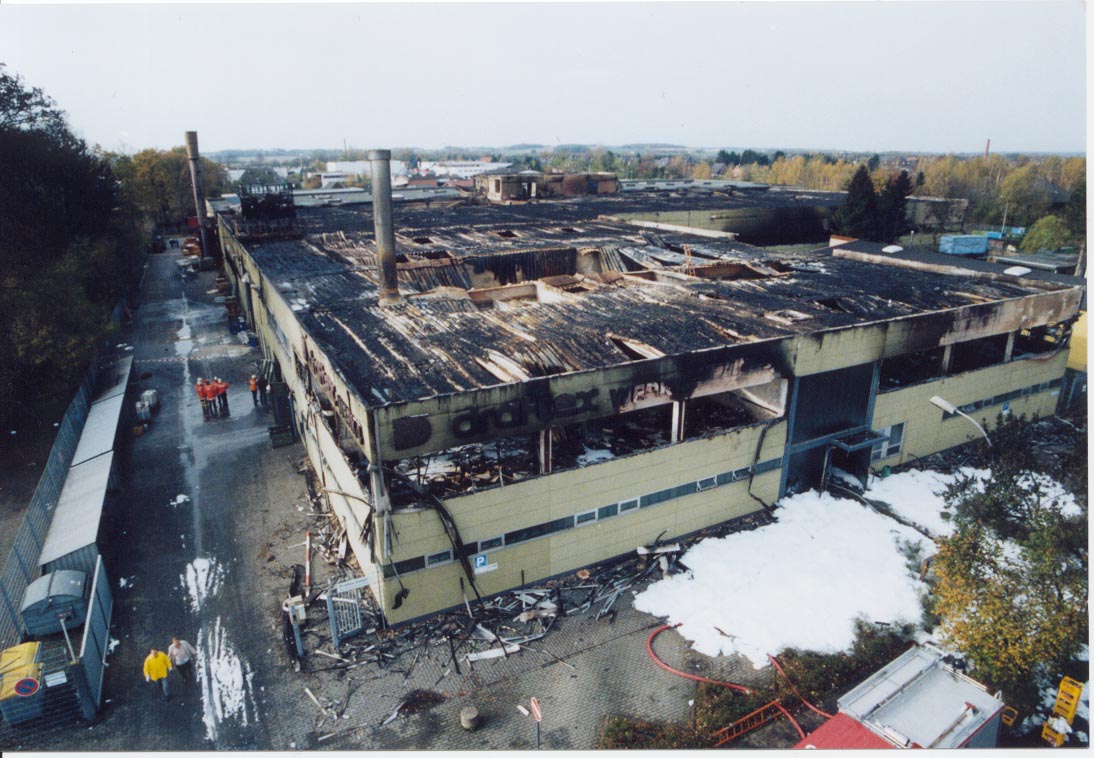
That experience became a touchstone. When faced with tough situations later on, I reminded myself: “You got through that - you’ll work this one out too.”
Taking action builds resilience, just as you’d carry wet-weather gear on a hike or train your body to cope with tough terrain. It’s preparation for whatever might lie ahead.
Progress
Once you've taken action, it’s essential to review and reflect. What happened as a result? What did you learn? Have you made progress?
As you start aligning your actions with your interests and strengths, check in with yourself:
• How do I feel?
• Am I enjoying this?
• Does this feel like it’s moving me in the right direction?
• How else could I measure progress?
One of the things I love about sport is that it gives you objective feedback - speed, power, distance, heart rate. You know where you stand, whether you’re improving and whether you won or lost. That clarity is valuable. It helps you stay honest with yourself.
We’ve all met people who seem overly confident, often out of sync with reality. It's better to face the facts, even when they're not what we hoped for - and work out how to improve from there.
Progress isn’t always in a neat straight line. Sometimes it comes disguised as disappointment. I remember the first time I got kicked out of an organisation. I’ve since experienced that process from both sides and I now appreciate the different perspectives involved.
That event led me in a new direction - towards working with smaller companies. It was a turning point. A reminder that your purpose can evolve. And when it does, you head back to Motivation and begin another round of the MAP cycle.
Life Happens – Keep Going
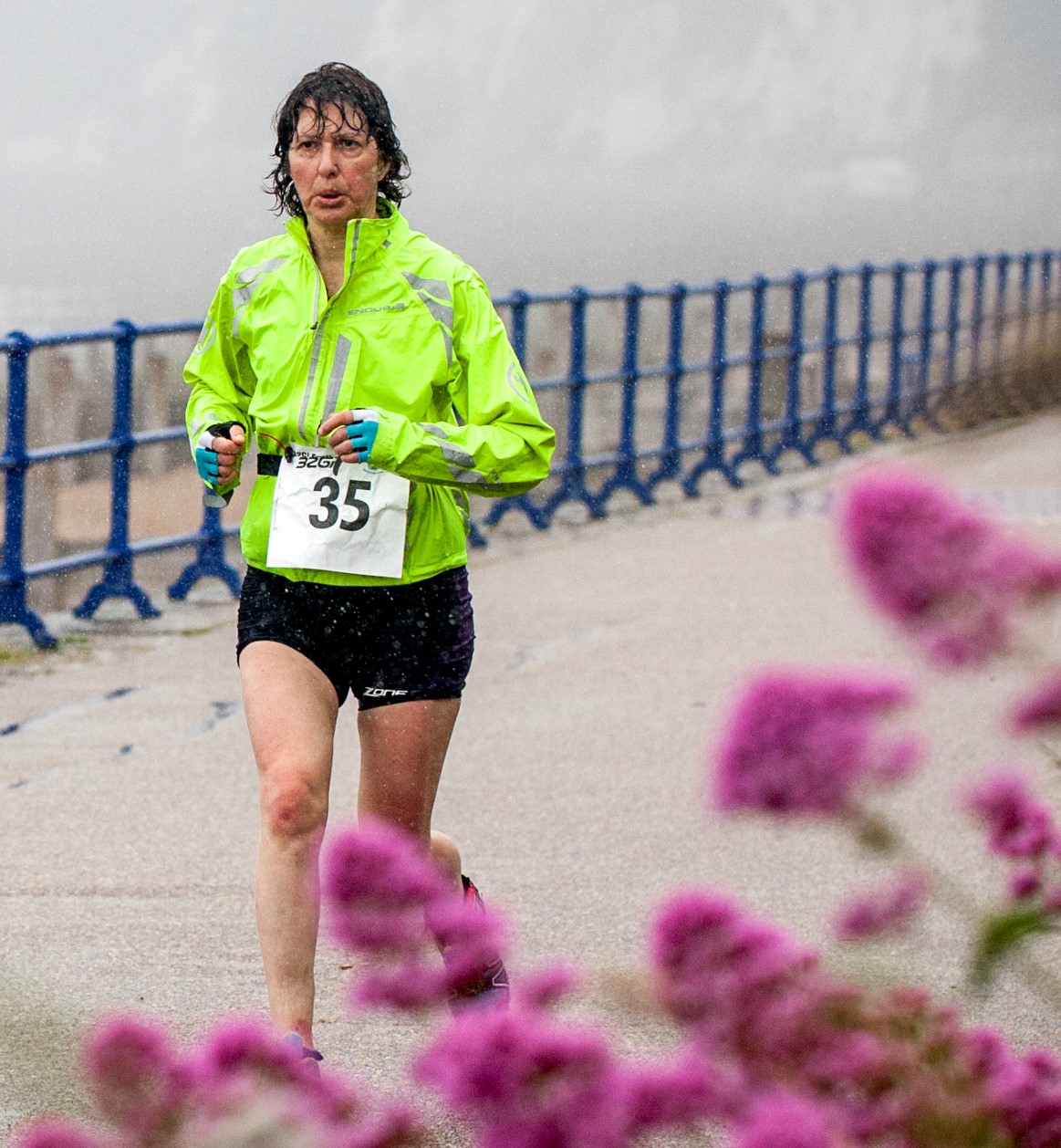
In a world of constant change, the ability to reinvent yourself becomes a key life skill.
Whether it's the end of a relationship, an illness, or an unexpected injury, many life events can impact your sense of purpose.
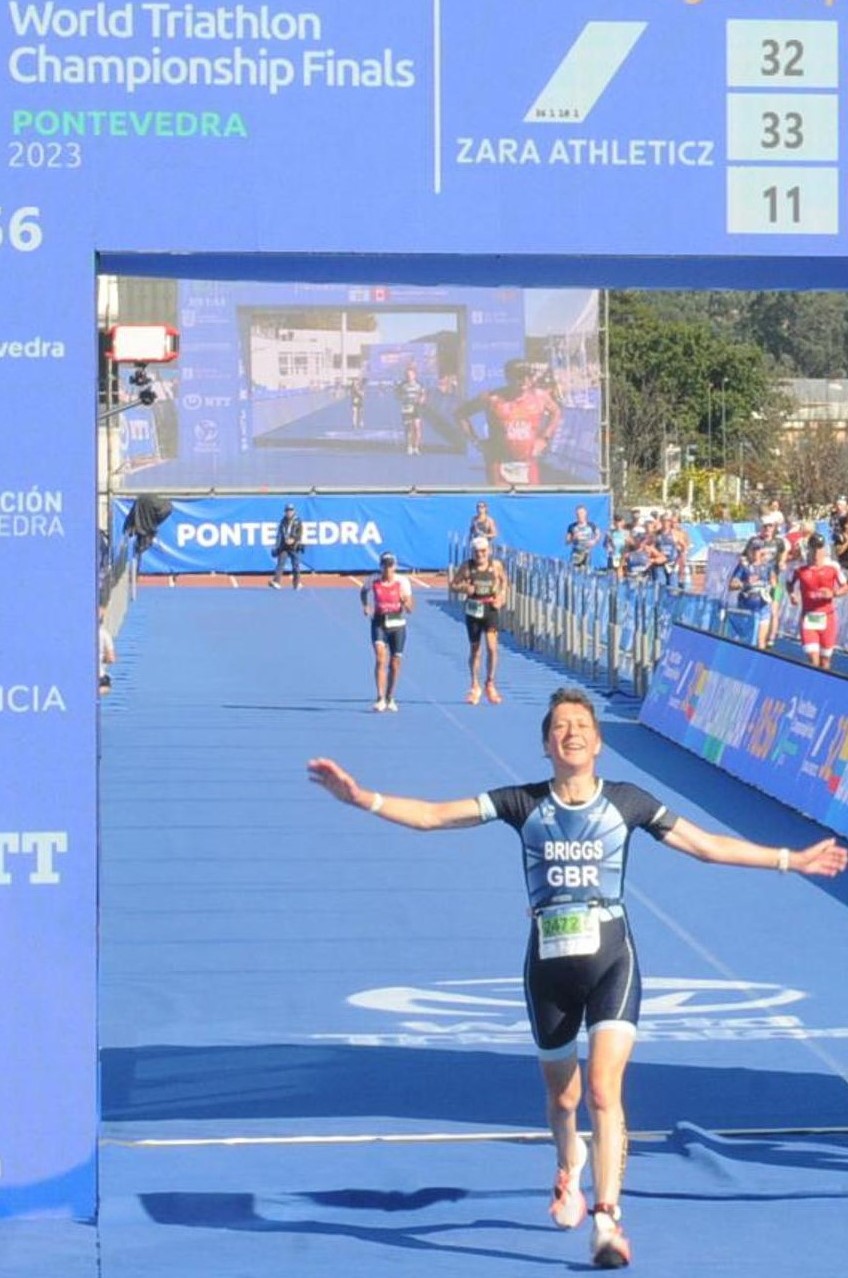
For me, a defining moment came from a serious Achilles injury. My recovery sparked a new purpose: to inspire others to do things they didn’t think they could do. That came from my love of sport, the commitment to exercise during recovery - even when I wasn’t sure I’d walk properly again, underpinning my triathlon journey from low-grade amateur to European Champion and World silver medallist.
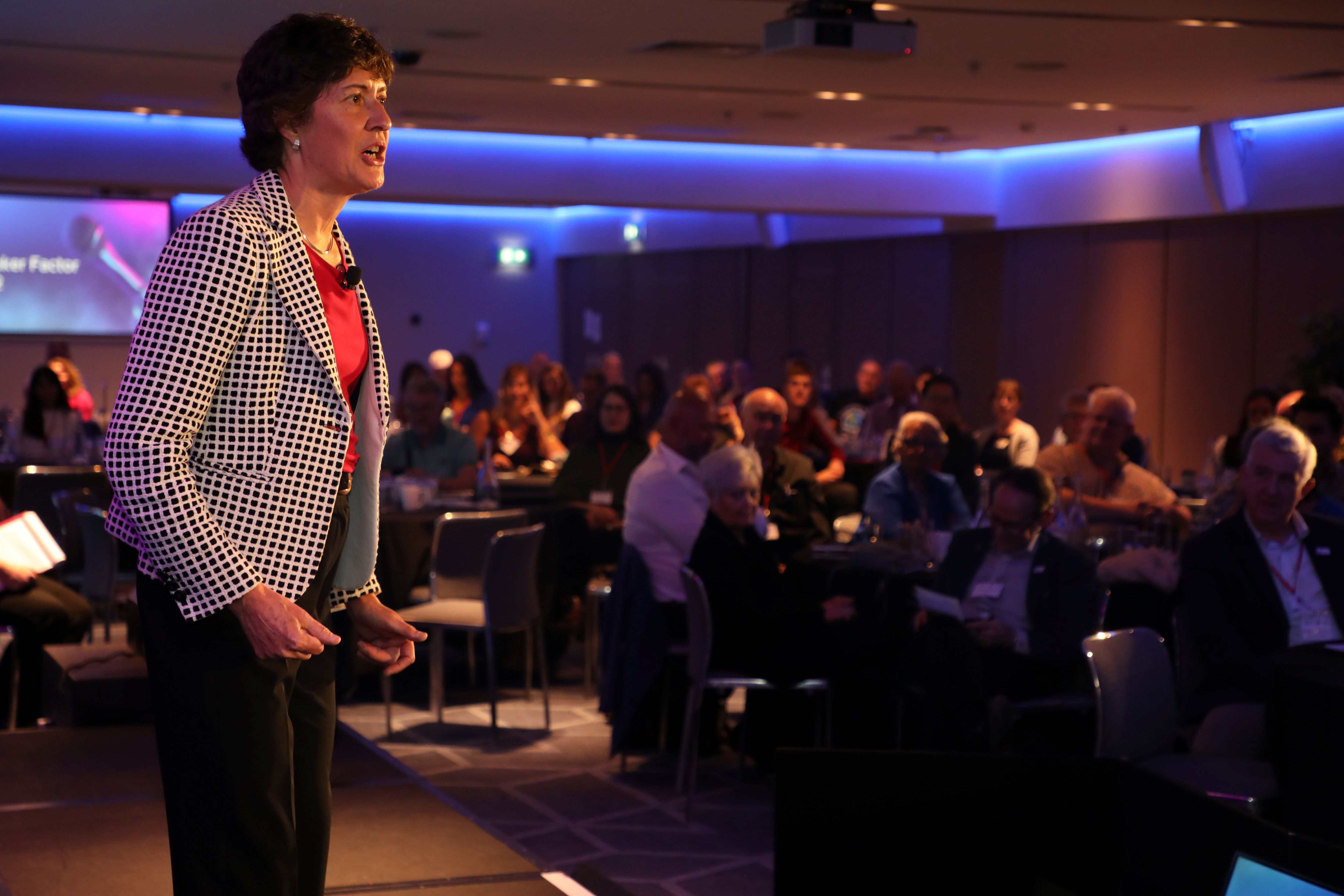
Conclusion
Life is an adventure - and just like a long walk, there will be tough terrain, dense fog and uncertain paths. But if you keep putting one foot in front of the other, you’ll eventually emerge.
Slow progress is still progress.
Looking back, I’ve learned the most from moments of adversity - both in sport and in my professional life. So I encourage you to embrace the tough times, even when they feel overwhelming. That’s often where the growth is.
And remember: with real focus, you can achieve amazing things - wherever you're starting from.
As long as you’re breathing, it’s never too late.
Enjoy the journey.